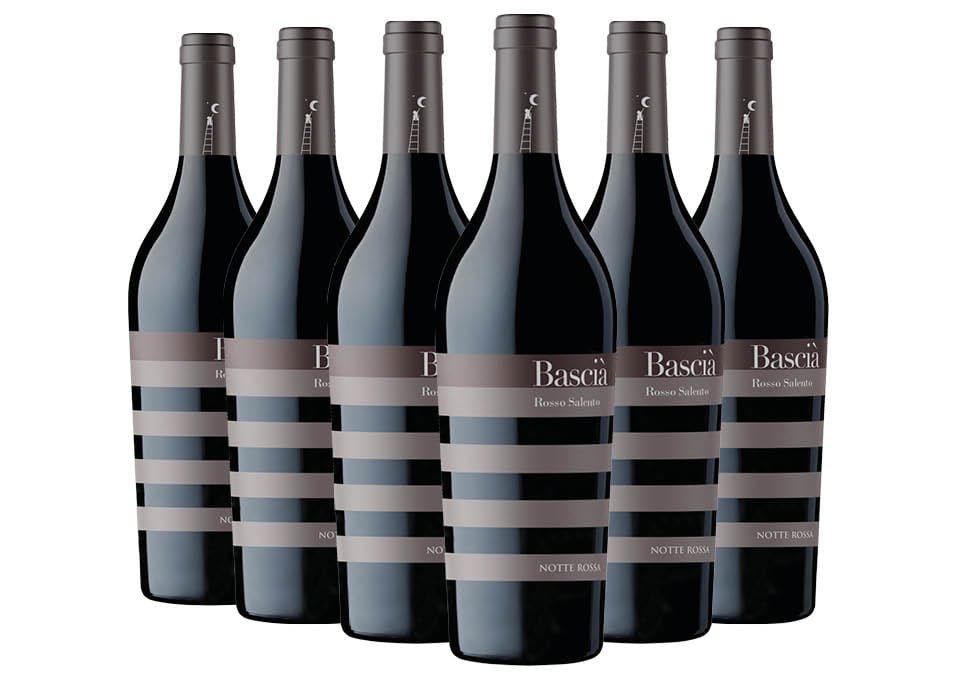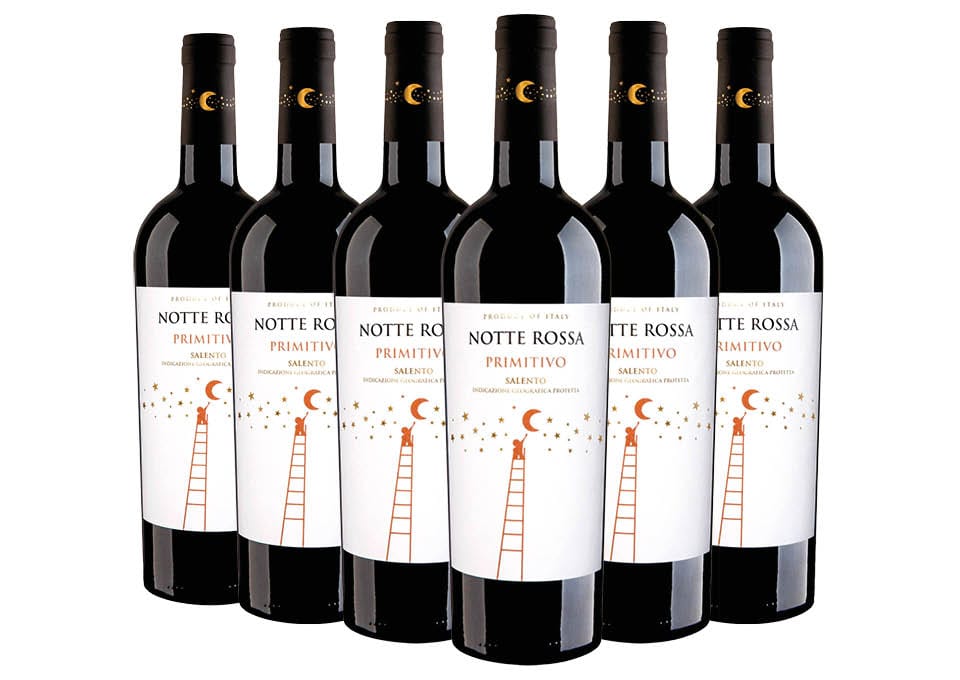Salento
Salento IGT can be used for the production of white, rosé and red wines. Salento is one of the most interesting and suitable areas of southern Italy for viticulture. The Mediterranean climate, warm and windy, mitigated by the sea breezes and the soils of calcareous-clayey matrix, proved to be ideal especially for the cultivation of red grape varieties.
Salento IGT wines must be produced with grapes from vines suitable for cultivation in the provinces of Brindisi, Lecce and Taranto and registered in the national register of vine varieties for wine grapes. The specification also provides for the possibility of indicating the name of the vine on the label, if the wine is made with at least 85% of the grapes mentioned. The most cultivated grapes are: negroamaro, aleatico, bianco d'Alessano, impigno bianco, malvasia nera di Lecce, malvasia nera di Brindisi, moscatello selvatico, primitivo, susumaniello.
Salento is one of the wine-growing areas of Italy that boasts a long tradition in the production of rosé wine, which draws its origin from the ancient "teardrop" winemaking technique dating back to Roman times, which consisted in letting the grapes tear in the forum vinarium before pressing, collecting and vinifying the precious free-run juice that came out of it separately.
It is no coincidence that the most famous Italian rosé wine comes from Salento: Leone de Castris' Five Roses, the first rosé to be bottled and marketed in Italy in 1943.
Introduced in the region in the twelfth century by the Angevins, Fiano is the white grape that is preparing to become another ambassador of Apulia wine and that in Salento has found a perfect acclimatization, becoming the most cultivated white grape variety together with Chardonnay and native Verdeca.


















